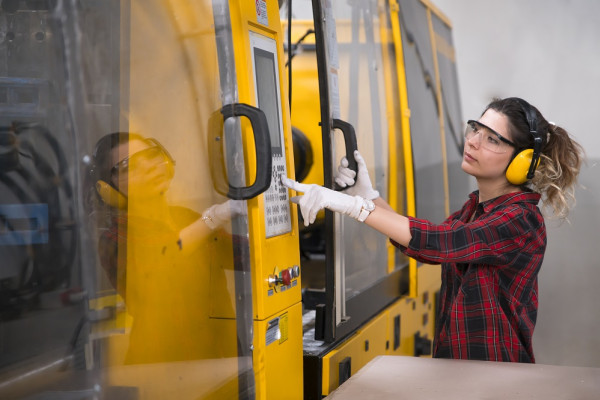For Road Science, it was about time someone came up with a better way to lay sealed roads without the threat of explosion. So, they teamed up with Callaghan Innovation to do just that.
At a glance
- Currently many chip sealed roads are laid using potentially explosive hot bitumen and kerosene, but roading experts Road Science wanted to develop a better way.
- Having already developed bitumen emulsion that sprayed at 80 degrees, the next step was to get it to work when cold, so they called in Callaghan Innovation to help with testing and modelling.
- Offering significant benefits outside of safety aspects, like reduced CO2 emissions, bitumen emulsion will be key to the roading industry going forward.
We were extremely impressed and happy with the work. It’s been one of those projects where almost everything has gone to plan.
Nik Vishwanath, Process Engineer, Road Science
An acceptable risk that’s no longer acceptable
Exploding bitumen tankers - that’s the ‘acceptable risk’ the Kiwi roading industry faces every day.
Most of our roads are surfaced with cost-effective chip seal, a hot cutback bitumen layer sprayed at 180 degrees which is covered with stone chips. To ensure the chip adheres well, kerosene is added to the hot cutback bitumen. The problem however, is the bitumen is heated by roading tankers to 180 degrees, and kerosene has a flash point of 38 degrees. It’s dangerous to say the least.
“Even though there is a code of practice for working with hot cutback bitumen there’s a potential explosive risk pretty much every time it’s used,” says Nik Vishwanath, a Process Engineer with Road Science’s Technical Development Team.
Added to this health and safety risk, explosions mean a loss of sprayer or tanker worth around $700,000. “If you think about the amount of kit that’s being destroyed just because we haven’t switched over to a better alternative, it’s staggering,” Vishwanath says.
Road Science, a sister company to the Downer Group, has developed an alternative - bitumen emulsions which can be sprayed on the road at around 80 degrees. But the next challenge for the road surfacing experts was figuring out how to spray it totally cold.
“We’ve always been advocates for spraying bitumen emulsion because it’s so much safer for people in the field,” Vishwanath says.
Callaghan Innovation going above and beyond
Road Science had done some work on how to spray bitumen emulsion completely cold, but quickly realised greater expertise was required. This is where Callaghan Innovation came in. Our Research and Development Solutions team helped with initial testing, with Alan Caughley, Team Leader Mechanical Engineering, coming in to support afterwards.
“We needed further development, and they suggested Alan as a scientist who could do some modelling so we could better understand our emulsions and the spraying equipment we might need,” Vishwanath says.
Caughley’s work has allowed Road Science to understand how the product performs at different temperatures, and the restrictions on its current equipment if it was going to be spraying at lower temperatures.
“It highlighted that if we were spraying cold bitumen emulsion, we would definitely need new specialist equipment,” Vishwanath says.
The Callaghan Innovation team was also able to then validate their work. They got a spray truck test rig and tried the cooler emulsion out, matching their results with Road Science videos.
“We were able to see what conditions produce spray and which don’t,” Caughley says. “We could say ‘this is what’s happening, this is what it means, and these are the parameters’.”
The information Caughley provided was “above and beyond”, Vishwanath says. “We were extremely impressed and happy with the work. It’s been one of those projects where almost everything has gone to plan.”.
A no-brainer for the roading industry
Bitumen emulsion presents numerous advantages when used, including adhering better to the chip, being drawn more effectively into the stone, can be laid in hotter and colder weather, it saves on energy bills, and emits 50 per cent less CO2 over its lifecycle. All that before we even mention the vital safety benefits.
Vishwanath and Caughley co-presented the results at the annual Fluids in New Zealand conference earlier this year, and although potentially ahead of its time, the research will be key for the roading sector going forward, says Vishwanath.
The stalling point is achieving the level of investment in the new equipment required to spray cold emulsions. “Currently the industry is in two minds about whether to do 100 per cent bitumen emulsion or whether to stay with using a combination of emulsion and hot cutback bitumen.”
Ultimately, Vishwanath believes that the sector will move towards 100 per cent emulsion, however.
“It’s a no-brainer when it comes to health and safety, so I’m pretty confident that’s going to be the case eventually.”




